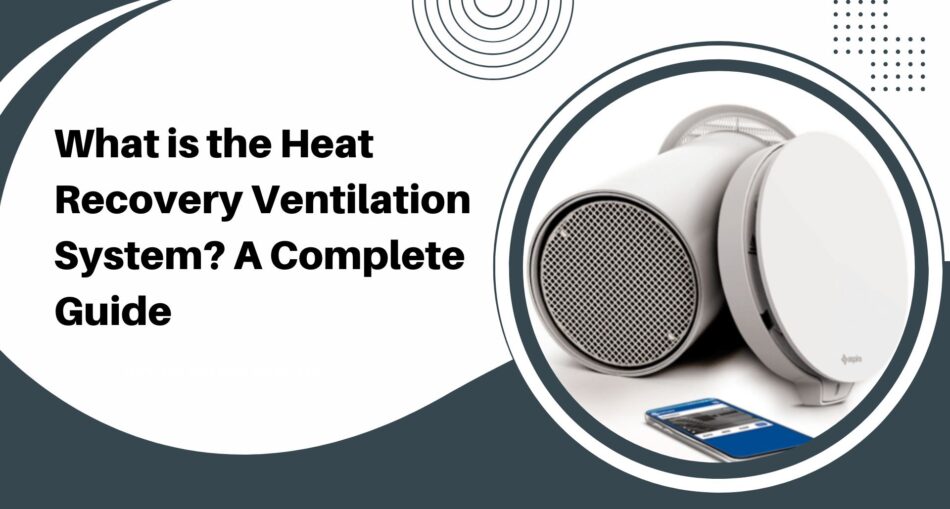When you’re building a new house or doing a renovation, you need to think about insulation, windows, and heating systems. But one thing that often gets overlooked is the air you’re breathing inside the place. That is why you need a heat recovery ventilation (HRV) system, also known as a mechanical ventilation heat recovery (MVHR) system.
In a country like Ireland, where the weather is damp more often than not, this sort of system can make a big difference in maintaining a comfortable environment inside the building.
What is an HRV system?
A heat recovery system takes the warm, stale air out of rooms like the bathroom, kitchen, or utility and replaces it with clean, filtered air from outside. The recovery rate of the system is 90%, which makes it more efficient and reduces the energy expenditure. The system does not just filter the air but uses a heat exchanger that helps to reduce the energy to keep your home warm.
How Does It All Work?
The setup usually involves a central unit, heat recovery ventilator, some ductwork, and a couple of quiet fans. Here’s what it’s doing behind the scenes:
- It pulls out the damp, used air from wet rooms.
- At the same time, it brings in fresh air from outside.
- The heat from the old air gets transferred to the new air (through a bit of kit called a heat exchanger).
- That fresh, warmed-up air is then pushed into your living spaces—bedrooms, sitting rooms, and all the spots where you want to be comfortable.
The whole thing runs constantly in the background, so you’re never short of clean air.
Benefits of a Mechanical Ventilation Heat Recovery System
1. Cleaner, Healthier Air
Modern homes are sealed up tight—which is great for keeping heat in but not so great for air quality. Without proper ventilation, you’re trapped in moisture, dust, cooking fumes—even things like radon in some parts of the country. An HRV system maintains fresh air, a significant benefit for individuals with asthma or allergies.
2. Lower Energy Bills
Because you’re holding onto the heat that would normally be lost through vents or extractor fans, you’re reducing how hard your heating system needs to work. Especially in winter, that can knock a few quid off your bills.
3. Keeps Damp at Bay
No one wants mold on the walls or condensation on the windows. These systems control humidity levels, so they help prevent that kind of carry-on—which is especially handy in older homes or in well-insulated new builds.
4. More Comfortable Living
There are no draughts or stuffy corners. The temperature stays more even around the house, and most systems are whisper quiet. You won’t even notice it running half the time.
A Good Fit for Energy-Efficient Homes
If you’re building to NZEB standards or trying to bump up your BER rating, a heat recovery system is the best choice. It’s standard in passive homes at this stage, but plenty of people are fitting them in retrofits too—especially now that more compact units are available.
They’re also being used in schools, GP surgeries, and offices—basically, anywhere people spend a lot of time indoors and want decent air without big heating bills.
Final Thoughts
A heat recovery system not only helps to reduce your expenses but also builds a comfortable environment that works with the Irish climate. Good ventilation doesn’t have to mean open windows. With a proper HRV setup, you get fresh air, steady warmth, and less hassle with dampness or mold. It’s one of those upgrades you’ll wonder how you ever lived without.
If you’re putting the time, money, and effort into a modern, energy-efficient home, don’t skip the ventilation—it’s just as important as the heating, insulation, or airtightness.






